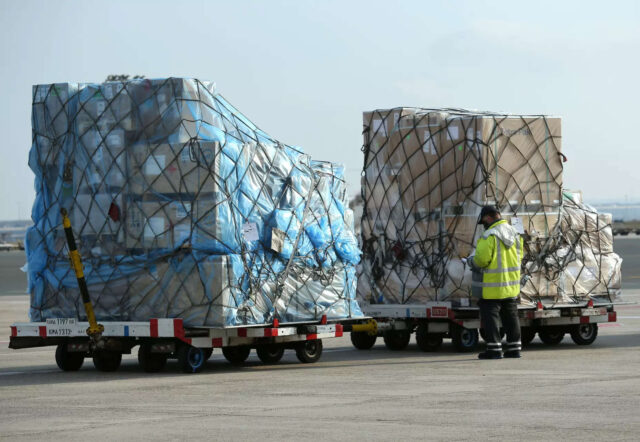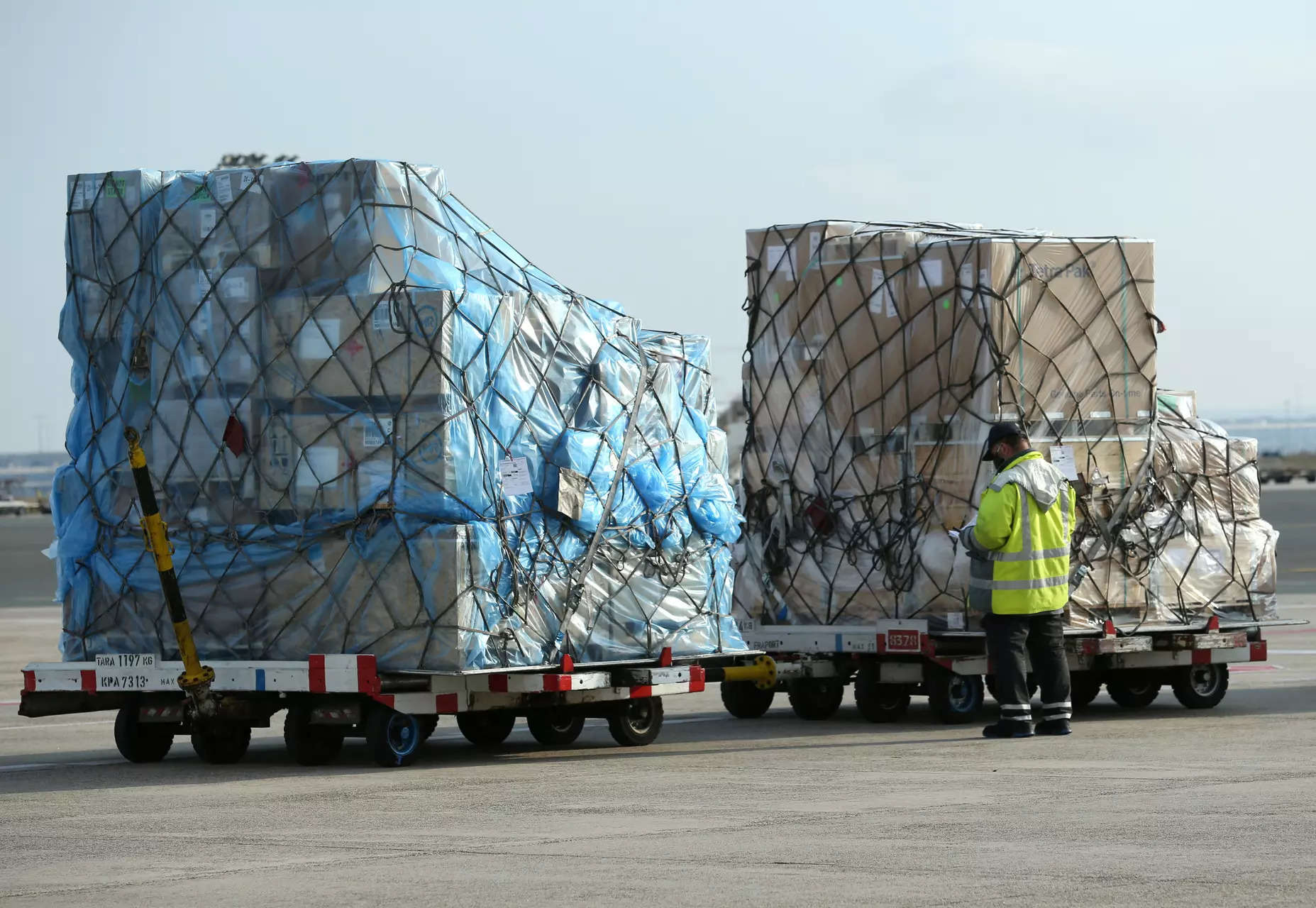The Baltic Air Freight Index, which shows general cargo weekly transactional rates across a number of routes, rose 6.4% in the week to Monday, price reporting agency TAC Index said, reversing declines since a mid-December seasonal peak.
Attacks by Yemen’s Iran-aligned Houthi group on vessels in the Red Sea, launched to express solidarity with Palestinians in Gaza, have forced shippers to take longer routes that can add weeks to delivery times.
“The increase is in line with expectations that rates may spike following disruption to ocean shipping in the Red Sea, though sources also point out that rates often rise in the run-up to Chinese New Year,” TAC Index said.
Many factories in China close for the 8-day holiday which begins this year on Feb. 10 and companies push to get stock out to customers ahead of this.
Air freight rates out of Shanghai rose 8.8% week on week on Monday, led by big increases to Europe. Rates out of Hong Kong gained 5.9% and rates out of Southeast Asia jumped 10%. The Red Sea, which leads to the Suez canal, lies on the key east-west trade route from Asia’s manufacturing hubs to Europe and then on to the east coast of the Americas. In recent weeks freight companies have been securing more air cargo space and some customers have begun shipping goods wholly or partially by air to avoid delays.
However air freight prices had remained relatively stable as the shipping crisis coincided with a post-Christmas lull in demand.
Niki Frank, CEO of DHL Global Forwarding Asia Pacific, said an expected traditional peak before the Lunar New Year was meeting longer sea transit times, higher sea rates and a shortage of vessels as a result of the Red Sea disruption. This in turn is prompting some customers to move to air freight, he said.
“Some are also shipping more due to the longer transit time, so they are moving stocks that are scheduled for later,” Frank added.
Global Air freight rates have been on a downward trend since early 2022 from all-time highs during the pandemic. The Baltic Air Freight Index was down around 24% year on year on Monday.
Air freight, more costly than sea freight, represents less than 1% of global trade by volume, according to airline industry association IATA.
(You can now subscribe to our Economic Times WhatsApp channel)


































